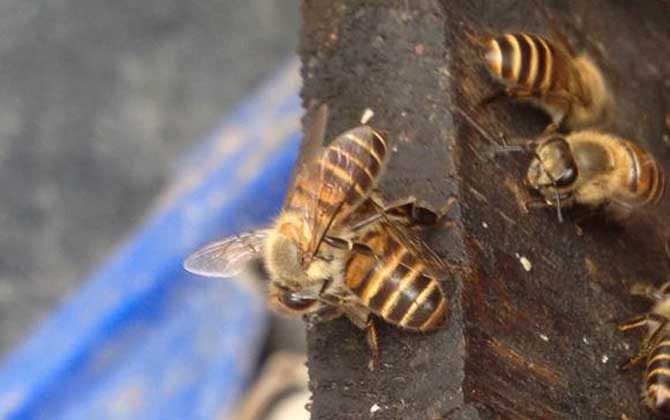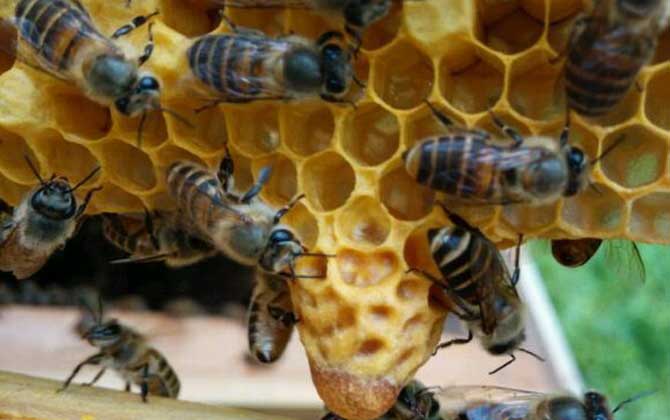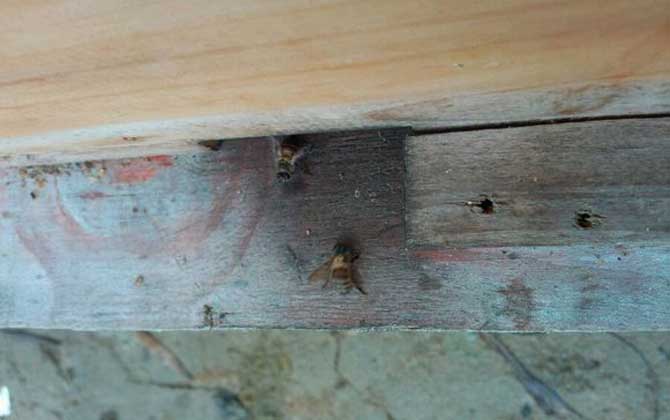Beekeeping: An Ancient Yet Emerging Agricultural Practice
Beekeeping stands as both an ancient tradition and a modern agricultural pursuit. Its ancient roots trace back thousands of years, while its emerging status reflects the maturation of innovative apiculture technologies. However, profitability remains a crucial consideration in any farming venture. Let’s explore the financial potential of managing 100 beehives.

I. Cost Analysis of Beekeeping
The primary costs in beekeeping involve bee colonies, equipment, and medications, with variations depending on bee species. We’ll analyze using fixed-location Chinese honey bees (Apis cerana) as our model.
- Bee Colonies: Initial investment of ¥500-600 per hive (calculated at ¥600). For 100 hives: 100 × 600 = ¥60,000
- Equipment: Includes hives, frames, and protective gear. Average ¥100 per hive. Total: 100 × 100 = ¥10,000
- Additional Costs: Feed supplements and medications (≤¥50/hive annually). Total: 100 × 50 = ¥5,000
- Total Initial Investment: ¥75,000 first year, reduced to ¥5,000 annually thereafter (excluding colony/equipment replacement)

II. Revenue Streams in Beekeeping
Chinese honey bees primarily produce raw honey (rarely royal jelly or propolis). Key revenue factors include production volume and market pricing.
- Annual Yield: 5-15 lbs/hive (average 10 lbs). 100 hives = 1,000 lbs
- Market Value: Premium pricing at ¥100-250/lb (calculated at ¥150)
- Gross Revenue: 1,000 × 150 = ¥150,000 annually

III. Profitability Breakdown
Full profitability manifests from the second year onward due to initial setup costs.
| Year | Investment | Revenue | Net Profit |
|---|---|---|---|
| 1 | ¥75,000 | ¥150,000 | ¥75,000 |
| 2+ | ¥5,000 | ¥150,000 | ¥145,000 |

IV. Key Factors Affecting Profitability
Multiple variables influence operational success:
- Climate Conditions:
- Critical nectar flow periods require optimal weather
- Extended rainy seasons can reduce yields by 40-60%
- Technical Expertise:
- Skilled keepers achieve 20% higher yields
- Proper swarm management reduces colony losses
- Yield Optimization:
- Strategic hive placement near diverse flora
- Implementing rotational grazing principles
- Market Positioning:
- Italian bees (Apis mellifera): Focus on bulk production
- Chinese bees: Emphasize premium organic certification
Sustainable Practices for Long-Term Success
Modern beekeeping emphasizes ecological balance:
- Implement integrated pest management (IPM) systems
- Maintain 30% floral diversity within 3km radius
- Adopt precision apiculture technologies:
- Hive monitoring sensors
- Automated honey extraction systems
Initial ROI Period: 18-24 months
Average Annual Return (Years 2-5): 190-220%
Break-even Point: 1.5 production cycles